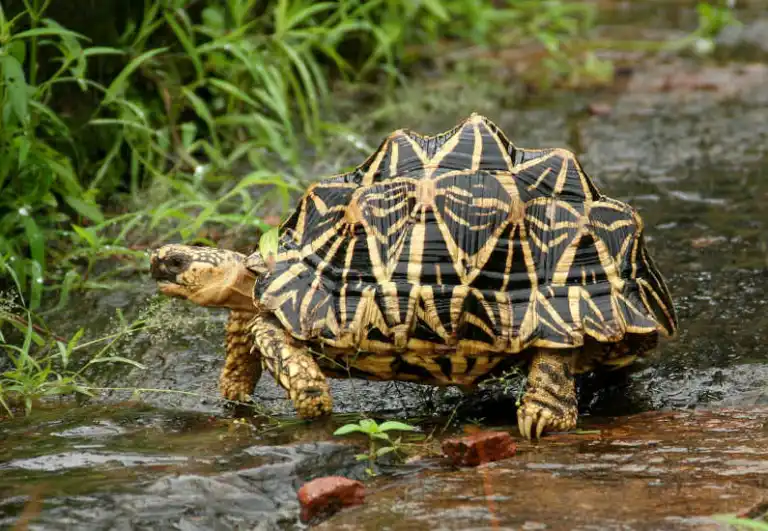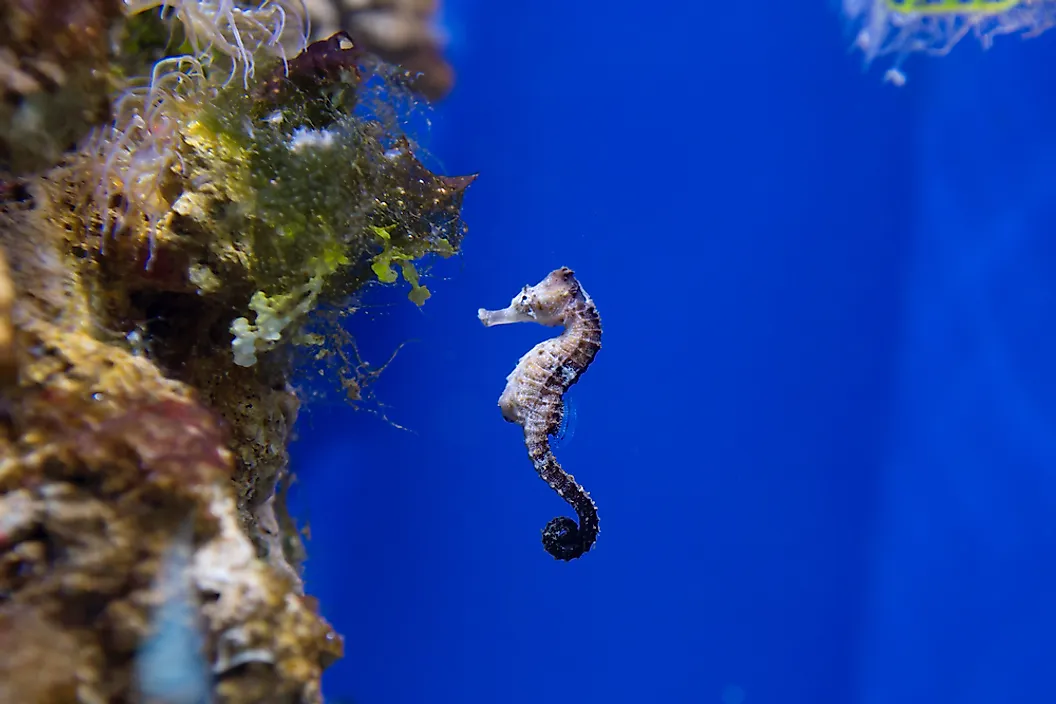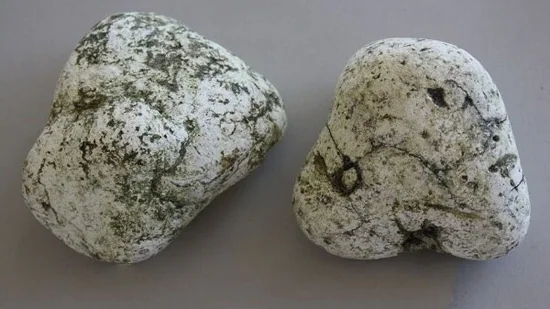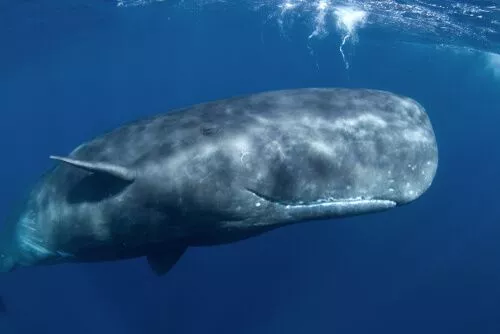27 Dec Indian Star Tortoise, Seahorses, Ambergris, and Sperm Whale
Indian Star Tortoise, Seahorses, Ambergris, and Sperm Whale
This article talks about how different species like Indian star tortoise, dried seahorses, and ambergris impact the Environment and ecology. In GS-3 and the following content has relevance for Daily Current Affairs for UPSC examination.
For prelims: Facts about Conservation of Different species
For mains: GS-3, Environment and ecology
Why in news:
Along with the smuggling of gold, the Directorate of Revenue Intelligence (DRI) said that Indian star tortoises, dried seahorses, and ambergris were also captured in FY 2021–2022, amounting to almost Rs 500 crore.
Indian Star Tortoise
Habitat:
The Indian star tortoise can be found all throughout the Indian subcontinent, notably in West Pakistan, Sri Lanka, and the Central and Southern regions of India.
Threat:
- The species is in danger from both illegal harvesting for the pet trade and habitat degradation to agriculture.
- 90% of the star tortoise trade, according to the Wildlife Crime Control Bureau, takes place in the global pet market.
- It was anticipated that their exploitation would fall by more than 30% by 2025 if it had continued at the same rate or increased.
Protection Status:
- IUCN Status: Vulnerable
- Wild Life Protection Act 1972: Schedule IV
- CITES Appendix I

Indian Star Tortoise
Sea Horse
- Small fish known as seahorses are so named because of the way their heads are shaped; they resemble the heads of miniature horses. Seahorses come in at least 25 different species.
- They form lifelong monogamous relationships, which is uncommon among fish.
- Even more uncommonly, they are one of the few animal species on Earth where the male bears the unborn young.
- These upright-swimming pipefish relatives can grow from 0.6 inches (1.5 centimeters) to 14 inches (35 centimeters) in length
Habitat: Found in shallow tropical and temperate environments all over the world.
Status:
IUCN: Data deficient
CITES: Appendix –ll
Threats:
- It includes habitat degradation caused by anthropogenic activities including coastal developments,
- The use of traditional medicines,
- The capture of bycatch for aquarium displays, and
- The usage of oddities obtained in beach seines, trawls, and gill nets.
- Coastal runoff and ship pollution.

Sea Horse
Ambergris
- Grey amber is referred to as ambergris, which is French for it.
- Chemically speaking, ambergris comprises acids, alkaloids, and a unique substance called Ambreine that resembles cholesterol.
- It floats on the water’s surface and occasionally lands on the shore.
- It is a solid, waxy material that comes from the sperm whale’s gut.
- Only 1% of sperm whales, according to estimates, create ambergris.
- The term “floating gold” refers to its high worth. The price of 1 kg of ambergris on the international market is Rs 1 crore.
Use:
- It is utilized in the perfume industry, particularly to make scents like musk.
- It served as incense in ancient Egypt. It is also thought to be used as a spice and in some traditional remedies.
- It is thought to be in high demand in nations with sizable markets for perfume, like Dubai.
- Hunting of whales is prohibited since sperm whales are a protected species. But it is rumoured that smugglers illegally targeted the fish in order to take the priceless Ambergris from its stomach.
- Smuggling: Due to its high value, smugglers have targeted it, particularly in coastal locations.
- Gujarat’s coastline has been exploited in numerous instances for this type of smuggling.

Ambergris
Sperm Whale
About:
- The largest of the toothed whales, the sperm whale (Physeter catodon), commonly known as the cachalot, is easily identified by its massive square head and small lower jaw.
- The sperm whale has white patches on its belly and is dark blue-gray or brownish in color. It features short, paddle-like flippers, a robust build, and several spherical humps on its back.
Habitat: They can be found worldwide in both temperate and tropical waters.
Threat from:
- Noise pollution, climate change, and habitat effects are the biggest threats to sperm whales.
- Other dangers include getting caught in fishing gear, running into ships, and plans to resume commercial hunting.
Protection Status:
- IUCN Red List: Vulnerable
- CITES Appendix I
- Wildlife (Protection) Act, 1972: schedule I.

Sperm Whale
Source:
IAS Current Affairs
Are Searching for the best and moderated daily Current affairs for UPSC exam preparation? Get the latest and updated Current Affairs for Plutus IAS. We also provide the weekly, and monthly current affairs for the IAS exam preparation. So, Collect the daily, weekly, and monthly current affairs from our site and read them for the UPSC Exam Preparation.



No Comments